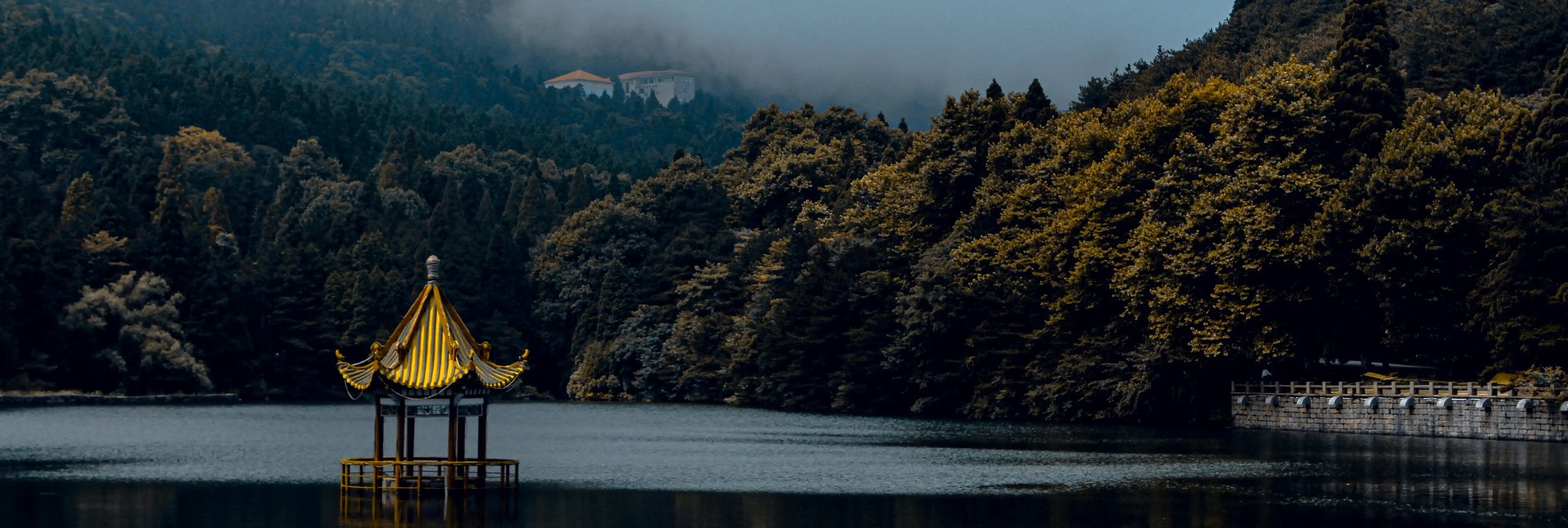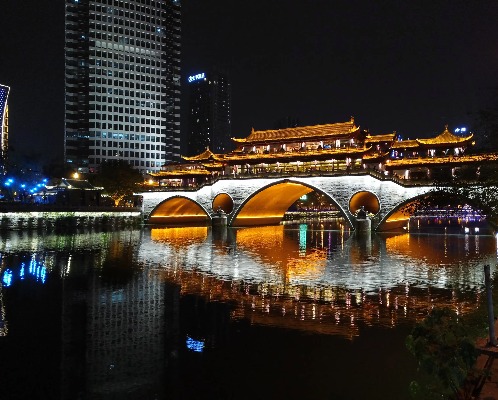-
Lushan
Lushan: Where Heaven Meets Earth
-
Situated in the picturesque landscapes of Jiangxi Province, China, Mount Lu, is a place of awe-inspiring beauty and profound cultural significance. Known locally as Lushan, this mountainous region offers a harmonious blend of natural wonders and historical treasures, captivating the hearts and minds of poets, scholars, and travellers alike for centuries.
Designated as a UNESCO World Heritage Site, Lushan is a testament to the harmonious coexistence of nature and culture. Its majestic peaks, shrouded in a sea of clouds, provide breathtaking panoramic views, while ancient temples and shrines scattered throughout the landscape lend an air of serenity and spirituality.
Situated south of Jiujiang City, Lushan enjoys a privileged location with panoramic views of China's longest river, the Yangtze, to the north; the Tengwang Pavilion to the south; the Beijing-Kowloon railway to the east; and China's largest freshwater lake, Poyang Lake, to the west.
Beyond its natural sceneries, Lushan is renowned for its rich cultural heritage. The mountain area boasts twelve main scenic areas, thirty-seven attractions, over nine hundred cliff inscriptions, and over three hundred steles, each holding a unique story and contributing to the region's cultural tapestry.
One of Lushan's most iconic landmarks is The Spring Temple Buddha, one of the world's tallest Buddha statues. Crafted from bronze and weighing an astonishing sixty-four hundred tons, this colossal statue stands at an impressive two hundred and eight meters, with a Buddha body measuring one hundred and eight meters in height.
For the best of Lushan, plan your visit between May and October. During the summer, visitors can marvel at the cascading waterfalls and escape the sweltering heat, and autumn offers the most picturesque views of Lushan Mountain.
-

-
-
Things to know before you visit Lushan
-
-






















